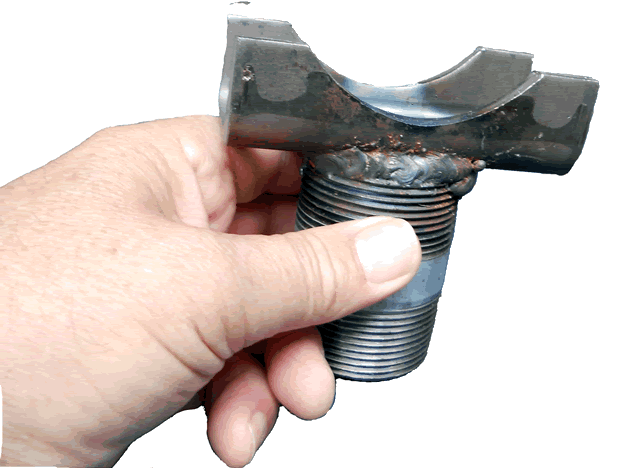SJH
Past Washington Chapter Leaders
First...I am an advocate of jacking at the frame per instructions/recommendations. Fortunately I have not had to jack our BC yet but I am considering doing the bearings/brakes this season. I can using cribbing/blocks here at home to do that so I can jack on the frame but it is not practical to carry all that while we are traveling. Hence an experiment...I welded an axle seat (some call it a perch) to a pipe nipple so I can place it on a bottle jack between the two u-bolts at the end of the axle. Thought I would pick everyones brain before I actually try it. Other than the obvious "don't jack on the axle" does anyone see issues that I haven't using such a device?


Last edited:
